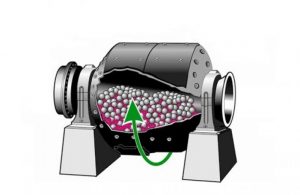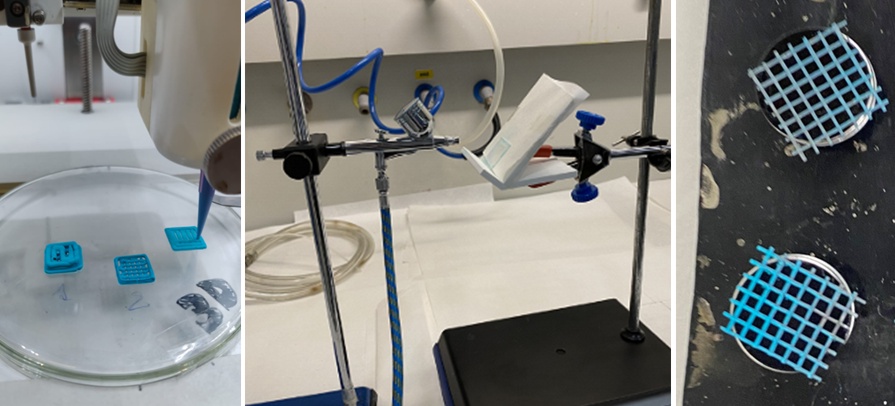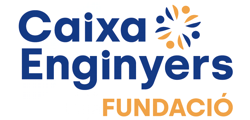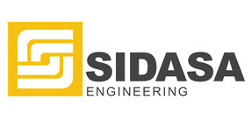GRAFECO2 – Progress and Research in Birmingham

10 February 2023
GRAFECO2, the project dedicated to the study of atmospheric carbon dioxide capture through its adsorption in compounds derived from graphene, continues its evolution in Birmingham where our PhD student Elizabeth Martínez will be doing her research until May.
During these last months, Elizabeth has been improving the synthesis of the adsorbing compounds which yelded up to 30% more captured carbon. She has also tested different methods of pressing and fixing these compounds on physical supports thinking about its application in a real device.
By changing the synthesis method she has been able to eliminate the need of toxic compounds commonly used in industry such as DMF, achieving an environmentally friendly process. The synthesis method is now developed in a ball milling reactor.

Whichever the method, the synthesis generates compounds in the form of powder, compounds whose capacity to capture carbon dioxide is evaluated. But thinking of a real CO2 capturing device, this powder needs to be fixed on a support or pressed in the form of tablets to become useful.
And this is one of the aspects which is also being researched in the lab, by using methods such as 3D printing, airbrushing or powder pressing. The objective is to maximize the stability and the CO2 capture rate of the samples in a realistic environment.

The research is transferred, until May, to the University of Birmingham. The Industrial Doctorate program promotes an international stay to increase knowledge and promote research.
The University of Birmingham has some specific equipment to measure carbon dioxide capture and also to press the powder samples into tablets. So thanks to the existing collaboration with the University of Barcelona, Elizabeth will be able to carry out a large number of experiments that will provide a very valuable knowledge.












